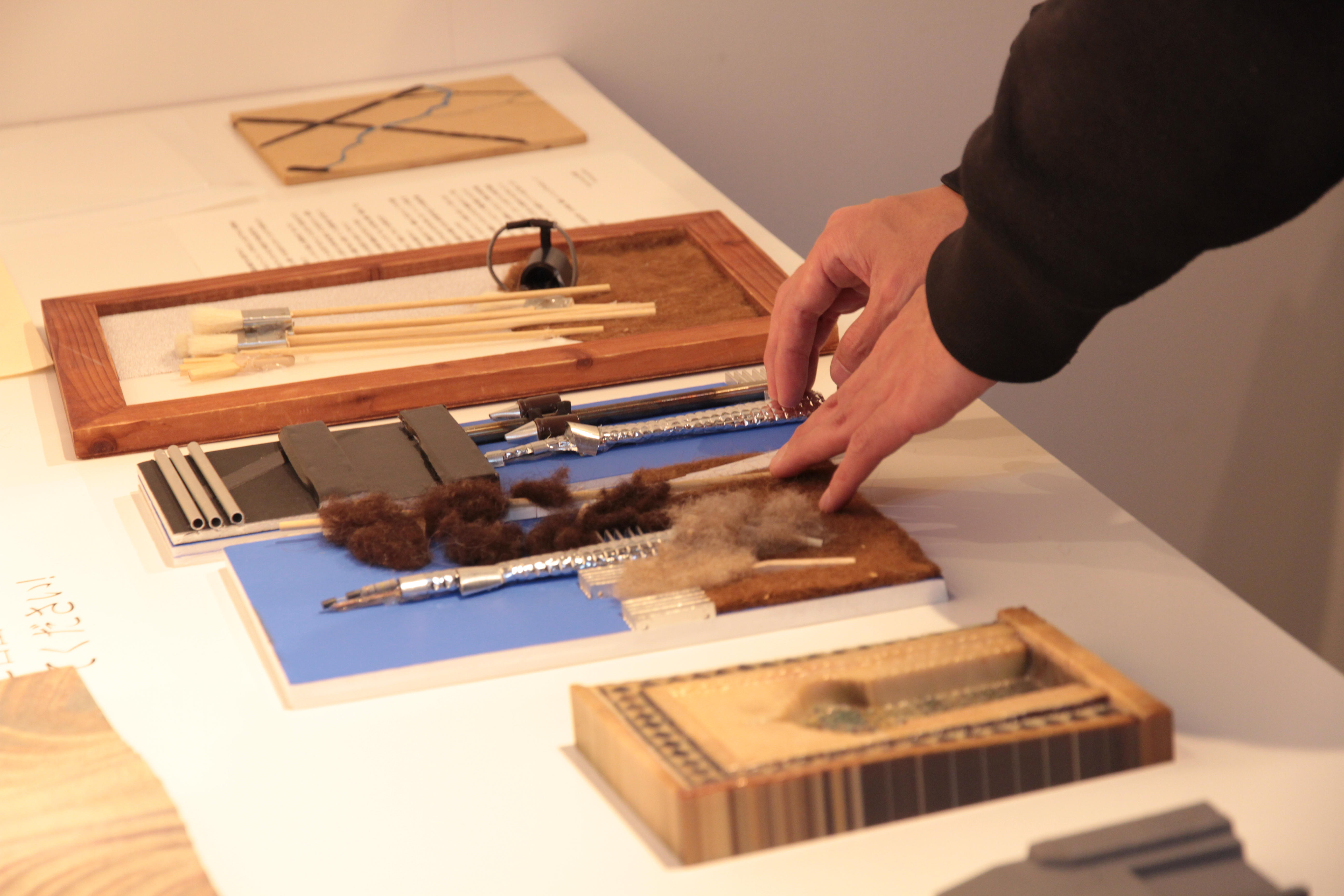This is one of two portfolios made in the mid 1970s, the other being ‘Natural History Part II (Some Trees of Italy)’ 1976. Twombly uses a quasi-scientific presentation with his characteristic expressive, gestural graphic language; the prints contain a variety of different lithographic printings with collaged sheets of paper and photographs.
American painter, draughtsman, printmaker and sculptor. He studied from 1948 to 1951. In 1951–2 he spent a semester at Black Mountain College, an important period for his involvement with Abstract Expressionism. Action painting in particular, became his point of departure for the development of a highly personal ‘handwriting' that served as a vehicle for literary content.
In Untitled (1952; Basle, Kstmus.) Twombly used long brushstrokes in contrasting tones against a dark background, only to paint partly over them again. This alternation between the visible and the hidden has been interpreted as a struggle between memory and oblivion.
In the mid 1950s Twombly began working also in chalk and pencil and his paintings assumed a more graphic character. The stylistic changes in his paintings were subsequently registered more or less simultaneously in his prolific production of drawings and prints. The potential of gestural brushwork as a form of handwriting was not exploited by Twombly until he settled in Rome and found inspiration in classical landscapes and literature.
In the 1960s Twombly made particular use of subjective, erotic signs in his paintings, and he began to use more intense and denser colours.
From 1976 Twombly again produced sculptures, lightly painted in white, suggestive of Classical forms. In the mid 1970s Twombly began to evoke landscape through colour (favouring brown, green and light blue), written inscriptions and collage elements, often distributing these features across the surface by means of right angles that emphasize the legibility of the image and its narrative character.






















